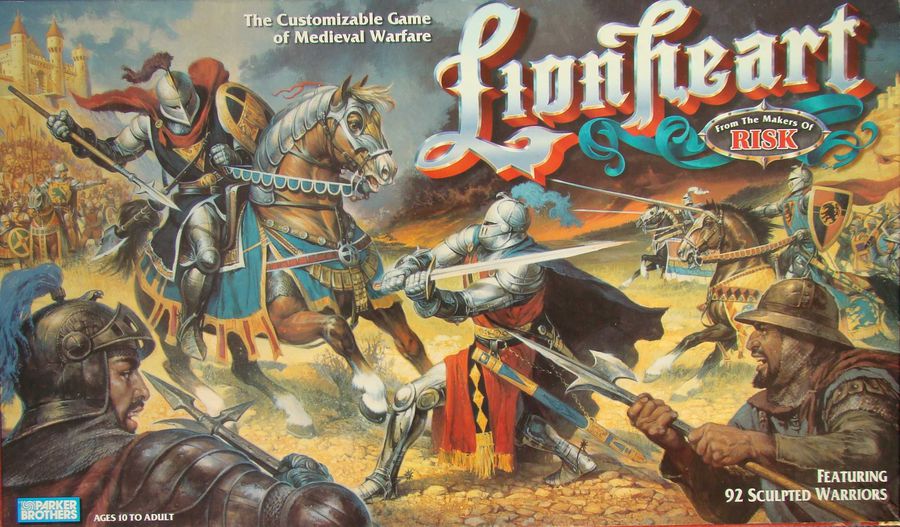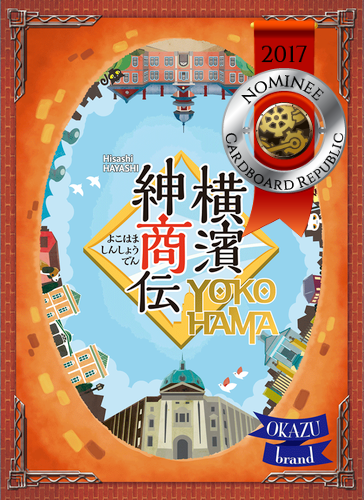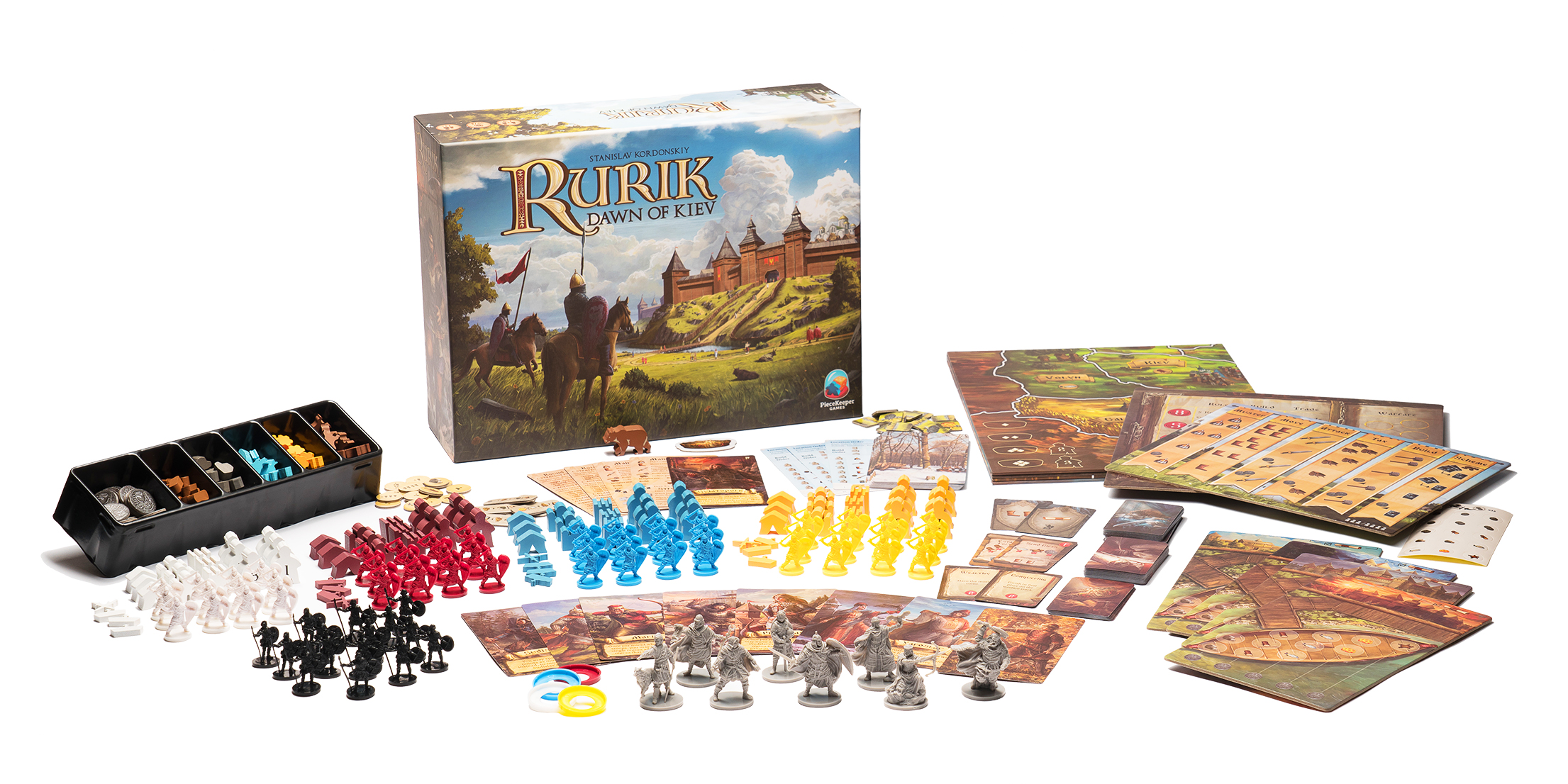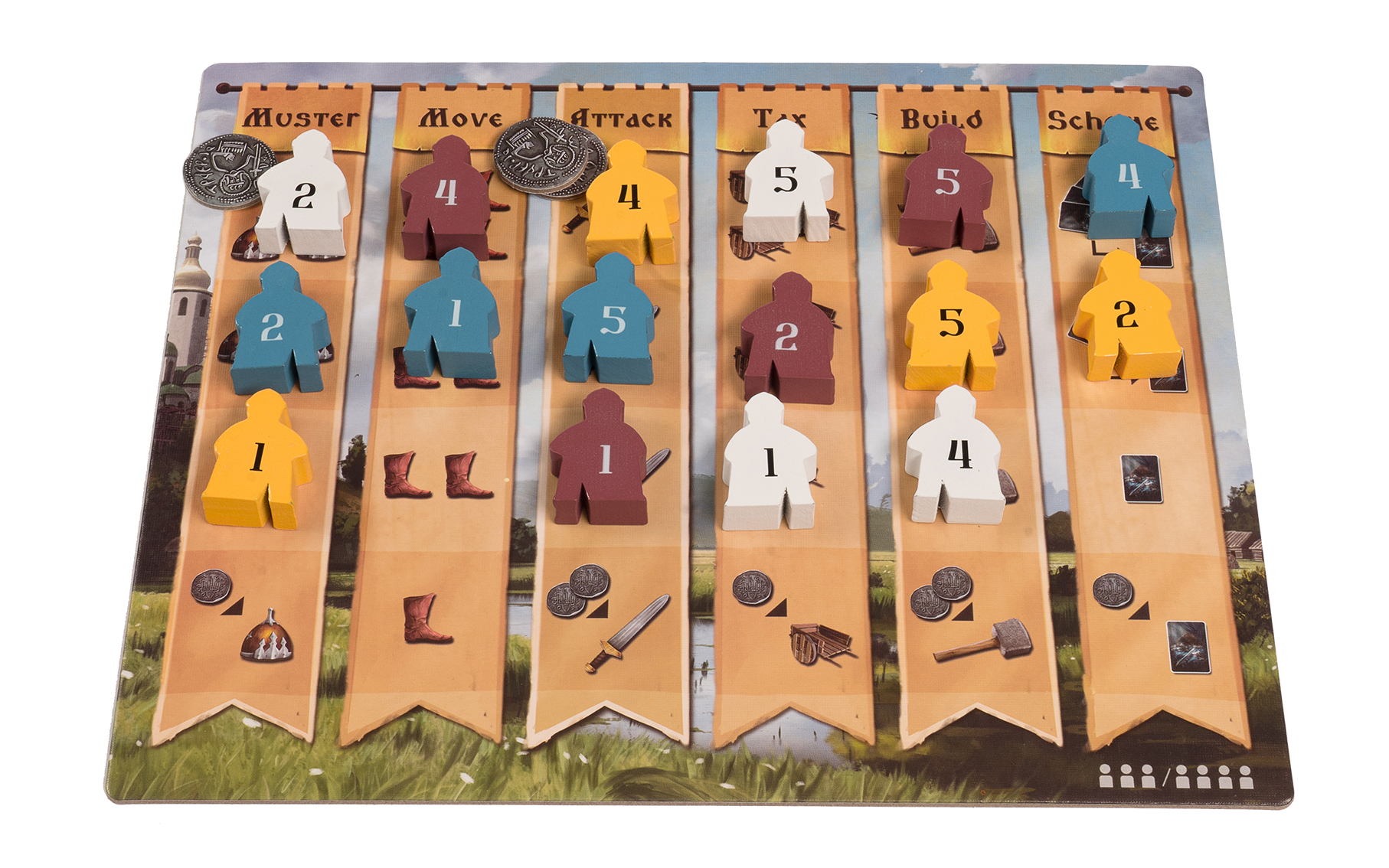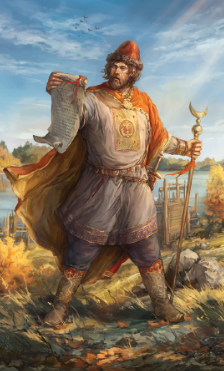As part of our September Spotlight on Rurik: Dawn of Kiev, we strive to inform readers of little extra tidbits surrounding the game. Games are made by people, and one of those tidbits we enjoy is learning a little bit more about the people behind them. Some designers shy away from the public stage, while others enjoy being front and center.
Try as we might to be as thorough and comprehensive as possible when it pertains to Spotlight games, we do occasionally miss things in the vetting process. Often this is mundane stuff like miscalculating when the game is going into fulfillment or how long it may take to track down certain individuals overseas. It even occasionally happens that among the now 75 games featured, we’ve inadvertently come across something pertaining to the game/designer/publisher we weren’t aware of after it was announced that it brought a minor bit of controversy with it in some fashion. As neither crowdfunding nor the indie game scene operate on fixed timelines or expectations, things do occasionally slip through the cracks.
One of these comes this month with respect to Rurik’s design. See, in looking at the September finalists, Rurik was an easy choice as it offers up some excellent production quality, a highly intriguing central game mechanism, and the fact that it’s only the third title published by PieceKeeper Games. All of which helped solidify its selection rather quickly (as these things generally go). What we completely missed until we were lining up the designer interview was that, well, we’ve already interviewed designer Stan Kordonskiy once before as he is also the designer of November 2018’s Indie Spotlight (and 2018 Laurel nominee) game Dice Hospital. Despite being a new name to the designer roles, Stan has been quite active in the last year, with Rurik actually being Stan’s third game released, each one offering an enjoyable and completely different experience.
And so, upon realizing this, we completely scrapped our initial set of questions just before sitting down with Stan and took a slightly different route. Stan’s previous interview dives at length into how he got into game design, his initial designer frustrations, and the lessons learned along the way. It’s certainly worth a read (and we encourage you to do so if you haven’t already!), but there’s no reason to repeat it. So instead we decided to keep this one relatively short, with many of the questions shifting away from Stan’s nascent as a designer and towards the deep and often fascinating historical setting surrounding Rurik: Dawn of Kiev. Using its touted ‘auction programming’ system, Rurik focuses on the tumultuous period of Eastern Europe towards the close of the first millennium CE, and we wanted to know how both that idea, as the choice of the theme, came about. And after an hour long primer on Wikipedia, we put Stan to the test.
Enjoy!
Round One Questions
CR: What was your Gateway Game?
Risk and Lionheart by Parker brothers. Those are the first real board games I remember playing.
CR: What was the last game you really enjoyed playing (besides Rurik)?
Probably Yokohama.
CR: How big is your game collection?
It’s about 50 in total, including small games. Not large by modern standards, but I tend to sell off any games I haven’t played in a while.
CR: What is your favorite type of game to play?
Primarily Euro games with unique mechanics and deckbuilders.
CR: How do you feel about Monopoly?
It’s not something I’d play these days, but I respect their brand and the historical contribution it’s made to the [evolution of] board games.
On Rurik: Dawn of Kiev
CR: Medieval-era games are fairly common but few focus on Eastern Europe and fewer still (if any) specifically on the Kievan Rus. Why do you think that is, and did that factor into the game design at all?
I really wanted to make an Eastern European medieval-era Euro game. The history of that region is rich and fascinating but not too many Euro game designers hail from that region. But when choosing a European theme I think most western designers fall back on the subject area that they and their audiences are already familiar with, which is generally Western European history.
CR: How much did you know about the history of the region prior to developing the game?
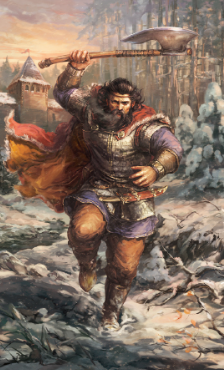 I thought I knew a lot, but I ended up learning so much more in the process. A lot of my knowledge was either outdated or had big gaps in it. The history of this period turned out to be a lot more ambiguous and speculative then I used to think. Rich grounds for historical fiction for sure!
I thought I knew a lot, but I ended up learning so much more in the process. A lot of my knowledge was either outdated or had big gaps in it. The history of this period turned out to be a lot more ambiguous and speculative then I used to think. Rich grounds for historical fiction for sure!
CR: Rurik’s leader cards (besides excellently reflecting the time period) are all based on historical figures. What was the most surprising fact you learned about one of the people while researching for Rurik?
I think Sviatopolk is the most controversial figure. Depending on the source, he was either the legitimate heir or a foreign invader. And everything in between. In the end I had to kind of pick one historical interpretation of him for the game out of several I came across.
CR: Was there anything in the source material that you really wanted to include in the game but couldn’t for one reason or another? What prevented it?
Mostly foreign diplomacy stuff. There was a fair bit of nomadic tribes and European and Byzantine involvement in Kievan politics during that era, but it would have bogged the game down too much with rules and extra components to represent the complexity of all that.
CR: The concept of ‘auction programming’, wherein you have to program your actions but can buy your way into better situations is intriguing. How did you develop that mechanic? Did it have any inspiration?
I really wanted to come up with some new game mechanism. If not entirely unheard of then at least a combination of things not used before. That’s harder than it sounds given the current amount of board games being released every year. I personally like simple bidding and action programming mechanisms so it seemed like a natural place to start my experimentations. After a few different versions I came up with the auction programming concept you see in Rurik, and I knew it was a hit by the way play testers gravitated towards it.
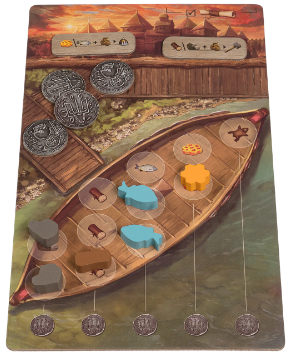
Despite being seen by some solely as an area control game, you can Tax and/or Build your way to victory instead
CR: Like any war of succession, there’s a lot to focus on while attempting to secure the throne. Of all the different strategic paths in Rurik, what is your favorite to focus on?
I like scheming (drawing cards that provide timely bonuses), building up structures, and collecting goods. I try to stay away from the area control aspect and sneak in with some well timed Build and Tax actions.
CR: For an indie Euro game, Rurik proved to be a massive success on Kickstarter with over 2,300 backers. What were your personal expectations, and how did those expectations compare between the start and finish of the campaign?
I knew this game would have to be big to succeed. So I was planning to pitch to bigger companies. I was a little surprised when Kirk [of PieceKepper Games] offered to publish it because I knew it would be a lot of work for a small publisher. Luckily Kirk knocked it out of the park with component quality and beautiful production. I don’t think anyone could’ve done a better job with that.
CR: Finally, since we totally went down a historical rabbit hole ourselves on the murky line of succession regarding the Grand Prince of Kiev and the bunch of assassinations to that end, we have to ask: Team Yaroslav or Team Sviatopolk for the one pulling the trigger? We know the historical record says the latter but we’re not 100% convinced…
This is pure speculation, but I think Yaroslav being responsible would make for a better story. He frames Sviatopolk and gets rid of Boris and Gleb at the same time. And as we know, the winners write the history, so he comes out looking like the hero…
Photo Credits: Rurik cover and photos by PieceKeeper Games.

